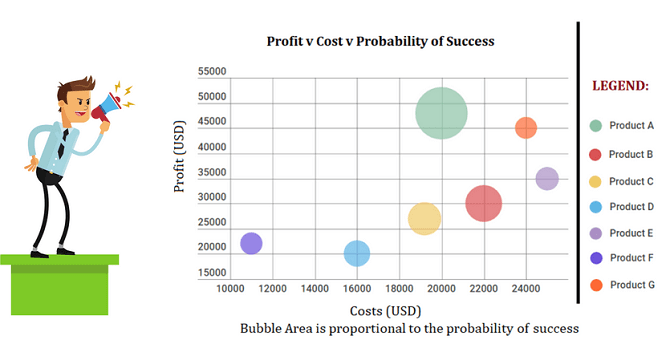Other lines can be identified by changing any or all of the three parts.For example if you wanted to walk 230 feet due south, the call would be S 0 E 230 feet.In fact, you could also say S 0 W 230 feet since you are not turning in either direction (E or W).Both deed calls yield the same result. Oftentimes, a deed call will have a more complicated way to specify the number of degrees.You probably remember from school that a circle is 360 degrees, a degree is 60 minutes and a minute is 60 seconds.The angle can be stated as a certain number of degrees (°),followed by an additional number of minutes ('), followed by a certain number of seconds (').For example, S 30° 35' 15' W 215 feet is a line pointing somewhere between south and south west and going 215 feet.Sometimes the degree symbol is omitted but the minute and second symbols are usually included.You will get very good at this with just a little practice.
Understanding a Boundary Line from an Actual Deed Call
This section is intended to help you understandhow to find a deed call in an actual property description and how to draw it.A property description from a newspaper is displayed in Figure 1.For the moment, let's focus on the first deed call.It is buried away in the part that reads |
| this Point of beginning, along the West line of the Southeast iron pin set' |
Much of this is of no concern when you are plotting a boundary line.In this case, we are looking for the part that says N. 00 deg. 23' 44' E. 290.40 feet Notice that this part is not all together in the sentence but it is almost always in the order you see. |
There are 4 parts to a deed call that you need when you plot a property boundary. |
|
The whole deed call, when written like you see above, means that you start at the current point (Either the beginning point or the point where the previous boundary ended),face North, turn East 0° 23' 44' and then walk in a straight line 290.40 feet.The line represented by this is shown in black, starts at green and ends in red.In Figure 2,a deed call of S 0°23' 44' E 290.40 feet represents a line pointing down (S) and to the right (E).A deed call of N 0° 23' 44' W 290.40 feetrepresents a line pointing up (N) and to the left(W). |
|
Understanding How to Draw a Property Boundary from an Actual Property Description This section describes how to plot the boundary of a property from an actual property description.You should read the sections titled Understanding a Boundary Line from a Simple Deed Call, and Understanding a Boundary Line from an Actual Deed Call before you read this section.The property description from a newspaper is illustrated in Figure 1.The first deed call is contained in the highlighted part as described in a previous section. Preparation to plot the boundary of this property begins with the process of extracting the deed calls in the order that they are presented in the property description.In this case, those descriptions are N 90° 0' 0' E 150.00 feet S 90° 0' 0' N 150.00 feet
It is common to find errors in deed descriptions and in the transcription for the newspaper.The fourth deed call in this list is in error in this newspaper.It does not make sense tosay S 90° 0' 0' N 150.00 feet.That value N must be either an E or a W.Since the angle is not zero, it matters whether we turn 90° East or 90° West.We will determine what it must mean when we look at the drawing.Please keep in mind, that if you are using a protractor to measure angles, you probably will not be able to draw to the nearest minute of an arc.However, you can make a good estimate of what a property looks like.For the example property in this note, the first deed call is just a little to the East off of due North for the 290.40 feet.The second on is due East from the end of the first for a distance of 150 feet.The third is actually parallel to the first (look at the angles and directions – you can convince yourself of this!) but headed south.We can now make the judgment that the fourth one should read S 90° 0' 0' W 150.00 feet because that is what is required to go back to the starting point.The property looks like you see at right.The starting/ending point for this description is the lower left corner of this property but may be in other places on other descriptions.
Hopefully the above sections have simplified and made it easier for you to understand your property boundaries and deed calls.Fortunately, there are computer programs today that can simplify even more the mapping of your property boundaries.To learn more about one of these programs, click on 'Smart Landowners Amazing Tool' . | 
